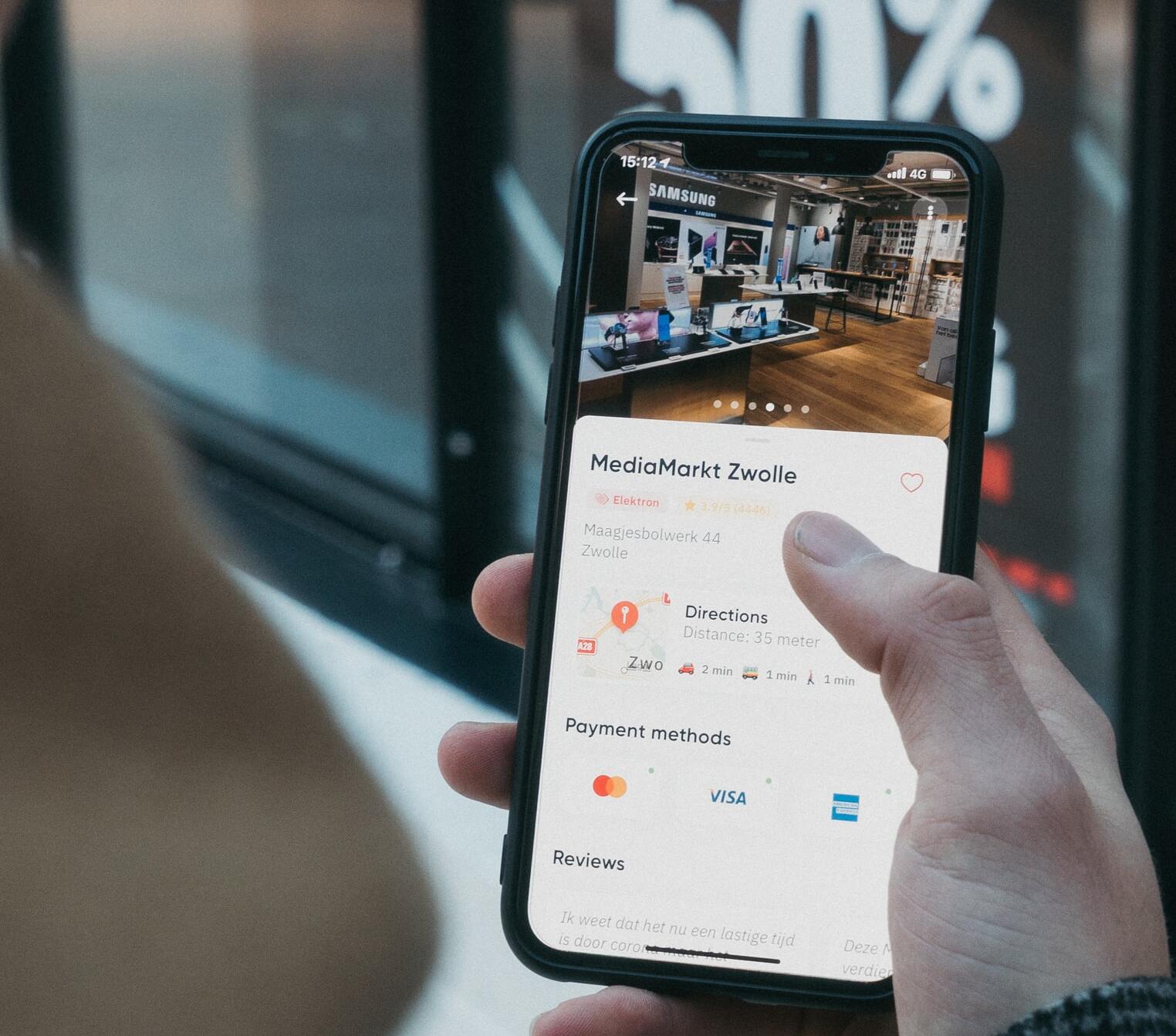API Headless ecommerce: Advantages
The biggest retailers are switching to API headless ecommerce; there are many reasons why your Brand needs to do it too.
1. Omnichannel
A headless content management system will help publish your content anywhere. For an eCommerce site, that means showing and selling your products, discounts, or customer reviews to any channel you want to.
You can sell through Alexa, your mobile app, progressive web apps, and even through refrigerators with screens.
With a natively headless API eCommerce platform — like Arcadier — you don’t have to re-architect your platform to publish across channels. It’s made from architecture to be decoupled from the original user template, it is made to facilitate building your own customer experiences.
2. Keep your competitiveness
A headless API eCommerce platform enables you to deploy constant updates without impacting your back-end system or other services like Purchase History, Checkout process, onboarding process, you can completely customize your marketplace experience. So you can easily make any changes to your front-end to match consumer needs and market trends.
Major eCommerce brands using traditional platforms usually roll out an update every few weeks. In comparison to market leaders whom they deploy updates every day or every week, with less service interruption.
With a decoupled system, you don’t have to roll out an update to the entire system, only part of the system. You can update and deliver what your consumers want faster, with less impact on the overall system and keep your competitiveness.
3. Agile Marketing
A headless API eCommerce system can encourage new technology adoption with ease. This is perfect when designing new customer experiences. The system architecture helps marketing and business teams deploy multiple sites across different brands, divisions, and portfolios.
Finally, thanks to the flexibility provided by a headless API eCommerce platform, marketing teams deploy a new site in days instead of months, your brand can reduce the time-to-market when launching a campaign from a few weeks to a few days.
4. More personal and consistent customer experience
The customer experience must be consistent within your brand and stores, even though customer needs may change over time, they should receive a consistent customer experience across all devices and channels.
Customers want to buy from eCommerce brands that understand their needs across all channels. The eCommerce company already knows what a consumer has bought some items. It uses this data to power the personalization of eCommerce, mobile apps, and social channels.
5. Seamless Integrations
As you may already know, a headless eCommerce solution must have an API, which makes it easier to integrate and communicate with other front-end devices. You can add new devices, expand to new opportunities, and outreach to more customers using the same API. Also, it will take your team weeks to integrate your eCommerce platform with a new device, not months.
Towa customers experienced this first hand, using Arcadier headless API eCommerce platform to integrate with Legacy systems and ERP, an integration that helped streamline their customer journey workflows.
6. Better conversion
With a headless API eCommerce platform as a service, you can try and test different templates and approaches. For example, you could experiment with a different back-end search solution while running the same front-end search.
A headless API eCommerce allows you to run continuous tests and optimization cycles which will help you get a better understanding of your customer, while improving your rate of learning faster than others retailers.
7. Faster time-to-market
If you plan to build a multi-channel or Omni-channel eCommerce experience with a traditional eCommerce platform, your time-to-market will be slower, moreover scaling will be difficult to achieve.
A headless API eCommerce platform empowers brands to focus on building front-end experiences on different devices and touchpoints, the content and listings are stored centrally and delivered via API to everywhere you want to. Decouple architecture facilitates a faster time-to-market better suited when planning to open new channels, entering new countries, and innovating the market.








